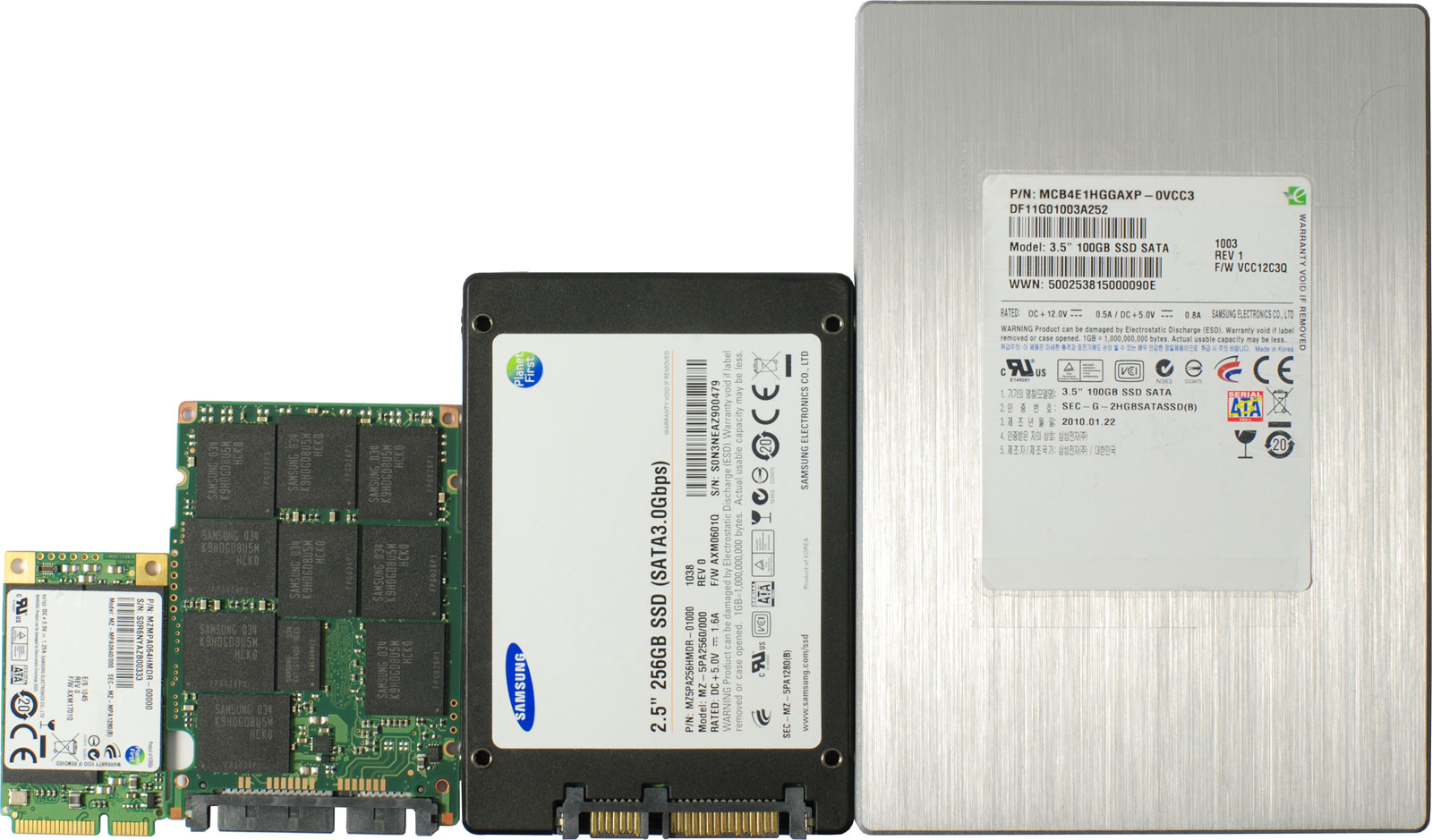Hands-On: A Second mSATA-Based SSD Emerges
When it comes to storage, the 3.5” and 2.5” form factors are most popular. But they're not always suitable for notebooks and netbooks. Samsung is the second vendor to introduce an mSATA-based SSD, after Intel demonstrated its SSD 310 earlier this year.
SSD Form Factors, Explored
A few years ago, you didn't really have to worry about the form factor of your storage device. Conventional 3.5” hard drives went into servers and desktop PCs. Smaller 2.5” drives dropped into notebooks. And more niche packages like 1.8" and 1" (IBM Microdrive) disks slid into mobile solutions and consumer devices.
But the world has changed. Today, 2.5” drives conquer the data center by serving up storage density. That means IT professionals figured out you could cram more capacity and I/O throughput into a given rack-mounted enclosure using smaller drives compared to an array of 3.5" disks. Moreover, the advent of solid-state drives basically makes larger form factors obsolete from a purely technical standpoint. But how small can we go without jeopardizing performance, capacity, flexibility?
The Serial ATA International organization announced mSATA back in September of 2009. It's important to note that mSATA, which stands for mini-SATA is a form factor; it has nothing to do with the micro interface connector used to attach 1.8" hard drives.
mSATA is based on a physical mini PCI Express interface, but it runs conventional SATA 3 Gb/s electrical signaling. One mSATA product is Intel’s 310 series SSD, and you will also find the same physical drive format in Apple’s MacBook Pro (although it is not compatible with mSATA). With Intel having recently adopted the standard and Samsung standing by to supply more of these devices to the industry, we believe that the mSATA standard has a real chance to be widely adopted.
Why is mSATA necessary, anyway?
Great question. After all, we've already seen that it's possible to use PCI Express links to attach flash-based storage and a SATA controller on the same small circuit board. We recently saw a variation on this concept in The OCZ RevoDrive 3 X2 Preview: Second-Gen SandForce Goes PCIe.
But while that might be a viable approach when it comes to high-performance products like the RevoDrive, it doesn't work as well on the mobile side because it prevents maximum integration. While today’s notebooks are based on two, three, or four silicon-based components (the processor, the chipset, wireless, and oftentimes a discrete graphics controller), future designs aim at reducing the total number of pieces to help minimize total system cost. Utilizing SSD storage that requires its own controller would add unnecessary complexity. And it would be difficult to integrate mini PCI Express-based storage with systems such as Intel’s Z68 Express chipset that allow these drives to be utilized as fast caches.
Get Tom's Hardware's best news and in-depth reviews, straight to your inbox.
Current page: SSD Form Factors, Explored
Next Page Another mSATA Example: Samsung MZMPA064